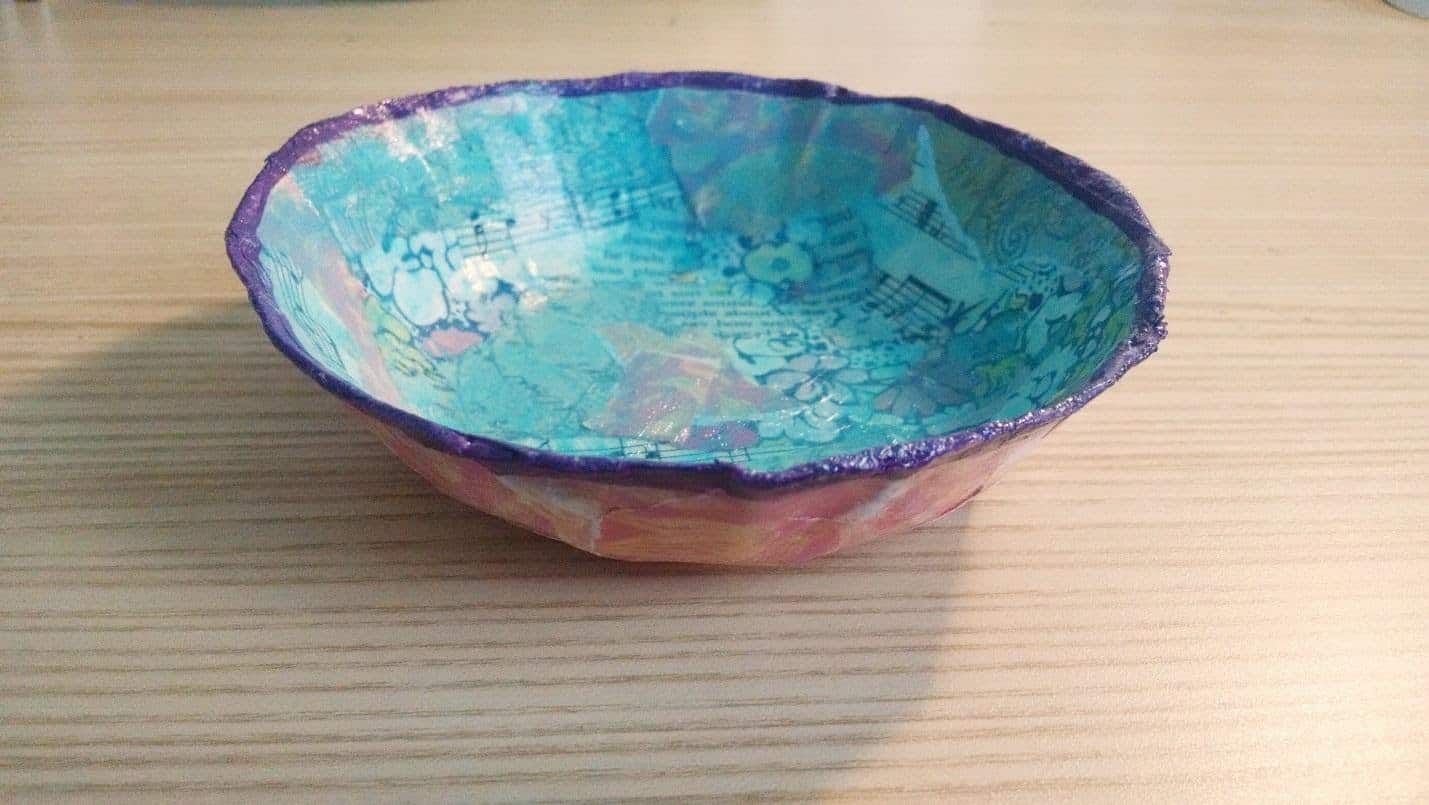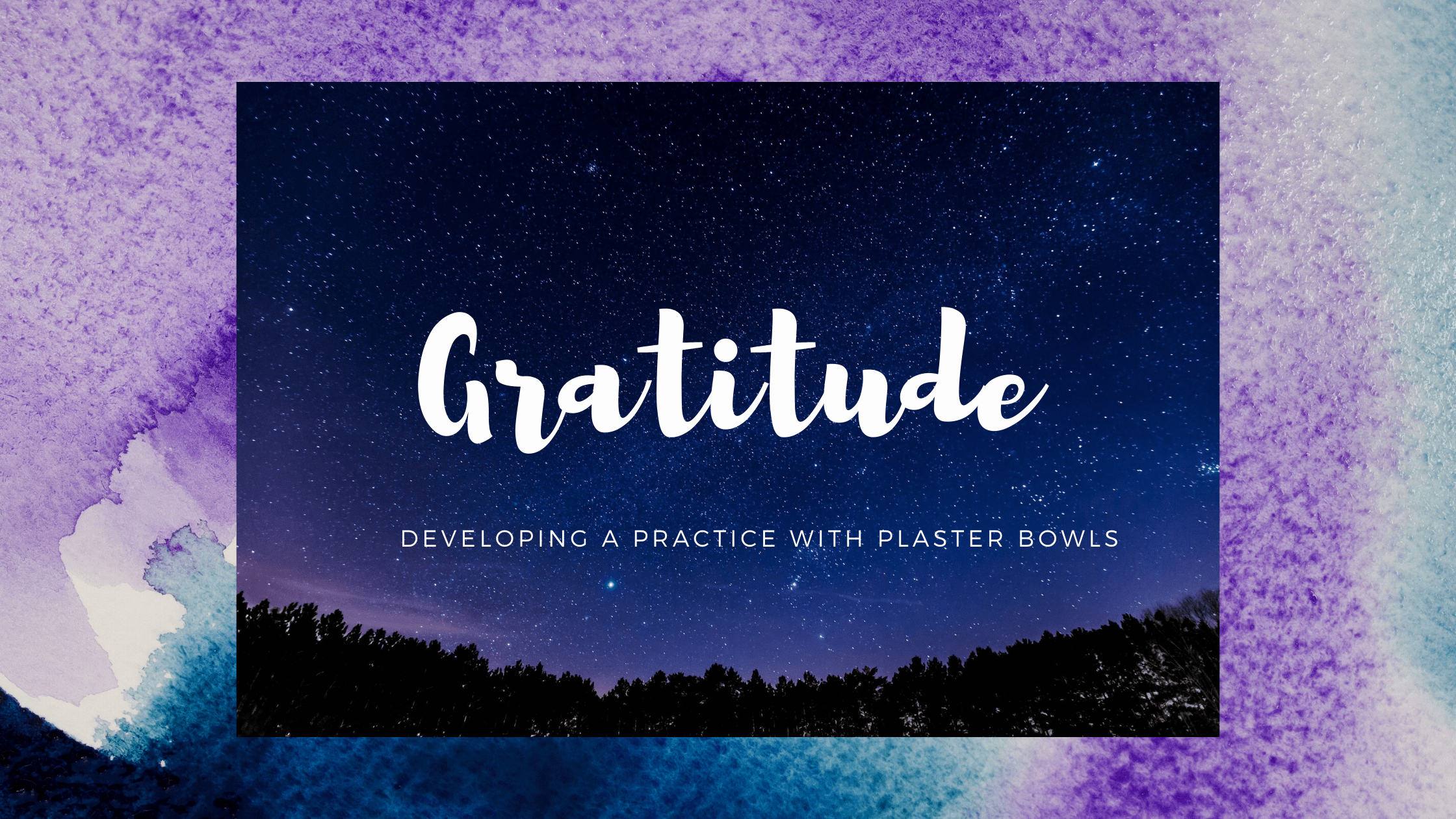I’m a firm believer in the benefits of a daily gratitude practice because taking time each day to recognize some of the good happening in my life has brought me out of both moments of panic and periods of deep depression. After listening to Brené Brown’s “The Power of Vulnerability,” I realized the importance of incorporating a practice of gratitude into my life. Brown wrote that having an “attitude of gratitude” isn’t enough. In fact, gratitude is more than just a thought or a feeling. It is a consistent practice of recognizing moments, people, and things that you are thankful for. Furthermore, without the practice or ritual, it is all too easy to forget or dismiss these moments when life gets tough.
Why Gratitude
Gratitude practices have been found to create physical changes in our brains. According to research by USC Performance Science Institute’s Dr. Glenn Fox, when subjects reported feelings of gratitude, the area of the brain associated with understanding other people’s perspectives, empathy, and feelings of relief, showed increased activity. Additionally, this area of the brain is responsible for regulating emotions and lowering stress levels.
Intuitively, I knew I needed to train my brain to notice and be thankful for the good. This practice forced me to pay attention to the things that are actually happening, rather than the doom and gloom my overactive imagination routinely conjured. I started recording the moments, people, and things that I was grateful for onto a post-it note every day. I kept the post-it next to my work area, or in my purse, and as things happened throughout the day, I took a few seconds to jot it down. Some days, my post-it was full. Other days, my post-it only had one or two written lines. Regardless, I was actively recording, documenting, and expressing that I recognized that moment, person, or thing and appreciated it.
A Clearer Vision

Much of what makes humans anxious or depressed originates from the way we think about the things that are happening around us. We tend to assume that our thoughts are always true, which affects the way we feel, and therefore the way we behave. Soon, we’re trapped in negativity cycle, spiraling towards deeper and deeper anxiety and sadness. Practicing gratitude is not about denying reality, or only thinking happy thoughts, as most critics claim. It’s a way to create some space between our automatic thoughts and our feelings. It helps us pause long enough to notice how we have been thinking about our lives, and it provides an opportunity to get out of our heads, and take a slightly different perspective.
A Personal Practice
Today, I continue my gratitude practice using a gratitude bowl. A gratitude bowl is a hand-made and painted plaster bowl that is used to hold slips of paper with written gratitude lists. This is my current way of pausing to recognize and honor all the positive things happening in my life. I keep one near my desk at home, and one at my office.
While it’s true that you can use any bowl for this practice and avoid the trouble of making your own, there is something affirming about taking the time to create and decorate the bowl yourself. It’s a way of showing your commitment to the practice—an investment in your time and energy. Furthermore, every artwork we make is a reflection of ourselves. It’s really special to use a bowl that has meaningful elements included in the design. I added music and floral imagery to my bowl, as both are things that I am deeply grateful for.
Every day, I make a note of something good that has happened or that I recognize in others. I don’t worry about how substantial or important my lists are. The item could be as minor as finding a parking space downtown or having a cup of my favorite tea. I love that I can take a slip of paper out of the bowl, and read it when I need a gentle reminder that goodness exists, in all its subtle forms.
Read about Dr. Glenn Fox’s research at https://greatergood.berkeley.edu/article/item/what_can_the_brain_reveal_about_gratitude
How to Make a Gratitude Bowl

Materials:
- Plaster gauze (also called plaster wrap or plaster cloth)
- A small plastic bowl to use as a mold
- A large bowl of warm water
- Plastic Wrap
- Paint
- Magazines, Scrapbooking Papers, Tissue Paper
- Scissors
- Modge Podge
- Paintbrushes
Instructions:
1. Cut the plaster cloth in strips about 4-6 inches long
2. Turn the plastic bowl upside down, and cover it with plastic wrap.
3. Fill a large bowl with warm water. The warm water will help the plaster adhere to itself.
4. Dip a strip of plaster in the water and gently squeeze it between your fingers to get rid of any excess water.
5. Place the strip over the plastic wrap on the bowl, and rub gently until the tiny holes in the gauze are filled in.
6. Repeat with additional strips until the bowl is covered in 1-2 layers of plaster.
7. Allow the plaster to dry for 30-40 minutes.
8. Carefully remove the bowl from the plaster and peel off the plastic wrap. Trim the edges of the bowl for a smooth appearance, or leave them uneven.
9. Decorate your bowl with paint or use the Modge Podge to glue magazine images or torn pieces of collage or tissue paper to the inside and outside of your bowl.
10. Seal the inside and outside of the bowl with Modge Podge and allow to dry.
(Article was originally published in the November 2017 issue of WNC Woman Magazine, which is now defunct)
About the Author

Kara Ashley-Gilmore believes in the use of our innate creativity for our wellness and healing. She is a Licensed Clinical Mental Health Counselor, Registered Art Therapist, Somatic Experiencing Practitioner-in-Training, and a mixed-media artist at Mountain Creative Arts Counseling, in Hendersonville, NC. She provides individual and group psychotherapy and with individuals who feel crushed by the weight of their worries, dread their next panic attack, and live with overactive inner critics. Learn more about her work at www.mountaincreativearts.com.
